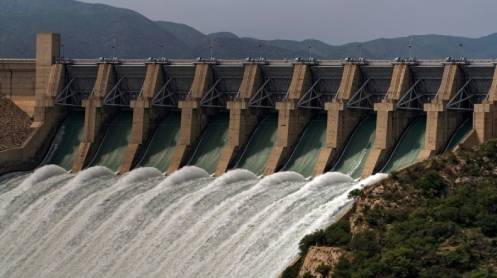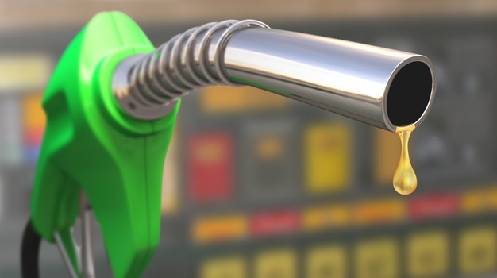ISLAMABAD: Pakistan’s junk credit rating has become a major obstacle in securing $3.5 billion in debt for the Diamer Basha dam project. In response, the government is simultaneously trying to sell its stake in another power project and persuade Beijing to include the Diamer Basha dam in the China-Pakistan Economic Corridor (CPEC).
The Water and Power Development Authority (WAPDA), the sponsor of the Diamer Basha dam project, has urged Islamabad to present the project as a “big-ticket item” to Beijing during Prime Minister Shehbaz Sharif’s upcoming visit, according to government sources. WAPDA highlighted that its options are limited due to a lack of response from multilateral creditors.
Among the available options are selling a stake in the 1,450-megawatt Ghazi Barotha hydropower project to Kuwait and persuading Beijing to make the Diamer Basha project part of CPEC. This recommendation was made by WAPDA to the federal government.
During the recent meeting of the CPEC Joint Cooperation Committee (JCC), Pakistan requested China to consider the Diamer Basha project for inclusion in CPEC. PM Shehbaz may now request the Chinese government to sign a framework agreement to review the possibility of including the project in CPEC.
The government needs $4 billion for the power generation component of the project but has only secured $500 million through a Eurobond sale. It is seeking $3.5 billion to construct the 4,500MW powerhouse.
WAPDA informed the federal government that its capacity to borrow from international capital and financial markets is constrained due to Pakistan’s low sovereign credit rating and economic vulnerabilities. International credit rating agencies have assigned a junk rating to Pakistan, describing the country’s debt as highly risky. This has become a significant barrier to acquiring new foreign commercial loans and floating sovereign bonds.
The United States has offered to provide debt for the Reko Diq mining project, contingent on Pakistan granting US Exim Bank preferred creditor status. Pakistan had hoped that the last standby arrangement with the International Monetary Fund (IMF) would improve its ratings, but high external financing requirements prevented this.
Last November, Pakistan signed a memorandum of understanding (MoU) with Kuwait to sell its equity in the Ghazi Barotha hydropower project. The agreement was reached with the Kuwait Investment Authority through its subsidiary, Enertech. Due to limited financing options, it was decided to fast-track the hiring of a financial adviser to sell the equity stake to Kuwait.
Following lukewarm responses from the Asian Development Bank and the World Bank, Pakistan began constructing the dam with a storage capacity of 6.4 million acre-feet of water using its resources. It hoped to raise commercial financing for the 4,500MW powerhouse.
The federal government approved the generation component of the project at a cost of Rs1.42 trillion two years ago. Struggling to find an anchor financier, it tried to engage the Saudi Fund for Development, Islamic Development Bank, Asian Development Bank, and Asian Infrastructure Investment Bank, but no breakthrough was achieved.
The government also attempted an investment-debt arrangement with Saudi Arabia. Last month, Pakistan offered the Diamer Basha project to Saudi Arabia for an equity partnership, seeking $1.2 billion in equity investment and $2.3 billion in debt for 10 years. Pakistani authorities hoped Saudi Arabia would include the project in its $5 billion investment plan, but no formal response has been received.
The Diamer Basha project, being constructed with 30% equity and 70% debt, will generate around 18 billion units of electricity annually. Pakistan describes it as critical for restoring the energy sector’s viability and reducing the carbon footprint.
PM Shehbaz has instructed the Ministry of Planning to include the Diamer Basha dam in CPEC. This is the second attempt in seven years to include the project in CPEC.






